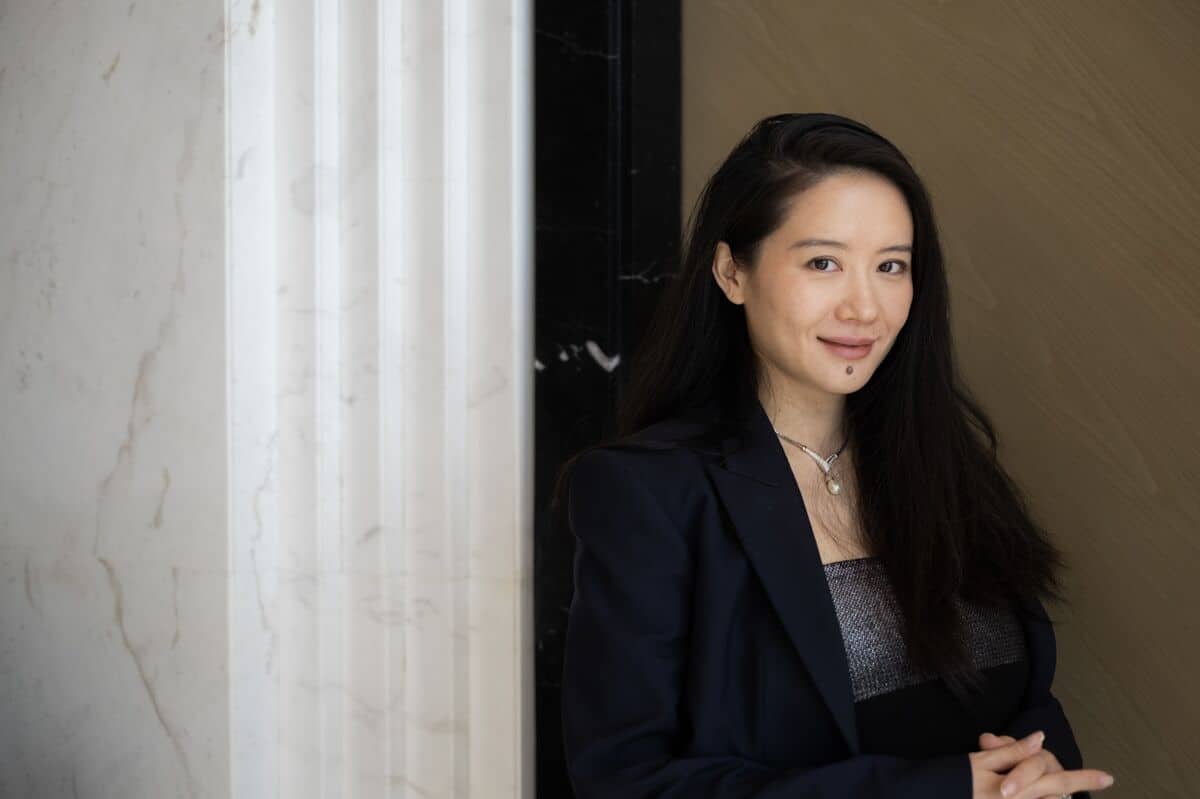Trump May Use Bitcoin as US Reserve Asset on ‘Day One’ — How High Will BTC Price Go?
Introduction
The 2024 US presidential election is just around the corner, and the crypto community is abuzz with speculation about the potential impact a Donald Trump presidency could have on the digital currency landscape. While some may dismiss the idea as far-fetched, others believe that Trump’s administration could make bold moves to incorporate Bitcoin (BTC) as a reserve asset, much like the United States does with other currencies. In this article, we’ll explore the possibilities and potential implications of such a move, as well as the potential impact on the price of BTC.
Why Bitcoin as a Reserve Asset?
Before diving into the potential benefits of using Bitcoin as a reserve asset, it’s essential to understand what a reserve asset is. In the simplest terms, a reserve asset is a valuable item held by a central bank or government to stabilize its economy and maintain confidence in the currency. Reserve assets can take many forms, including gold, foreign currencies, and even other assets like real estate or bonds.
In the context of a Trump presidency, Bitcoin’s decentralized, transparent, and limited supply make it an attractive option for a reserve asset. By incorporating Bitcoin into its reserve, the US government could:
- Diversify its reserves, reducing reliance on traditional assets like gold and foreign currencies
- Take advantage of Bitcoin’s decentralized nature, minimizing the risk of government intervention or manipulation
- Attract foreign investment and boost economic growth
- Demonstrate a commitment to innovation and embracing new technologies
The Potential Impact on BTC Price
If Trump’s administration were to make Bitcoin a reserve asset, the potential implications for the cryptocurrency’s price could be significant. Here are a few possible scenarios:
- Short-term volatility:** The initial announcement could lead to short-term market volatility, as investors and traders react to the news. This could result in a temporary price drop, as some investors sell their holdings, only to be followed by a surge as the market realizes the potential benefits of this move.
- Mid-term stability:** As the market adjusts to the new reality, Bitcoin’s price could stabilize, as investors and institutions look to take advantage of the new opportunities presented by a reserve asset status. This could lead to a period of relative stability, with prices fluctuating between $10,000 and $20,000.
- Long-term growth:** As the benefits of a reserve asset status become more apparent, the price of Bitcoin could experience significant growth, potentially reaching prices above $50,000 or even $100,000. This would be driven by increased adoption, institutional investment, and a growing recognition of Bitcoin’s role in the global financial system.
Challenges and Concerns
While incorporating Bitcoin as a reserve asset would be a groundbreaking move, there are several challenges and concerns to consider:
- Regulatory framework:** The existing regulatory landscape is still evolving, and a Trump administration would need to navigate the complex web of laws and regulations to ensure a smooth transition.
- Liquidity and scalability:** The cryptocurrency’s limited liquidity and scalability would need to be addressed to ensure it can be effectively used as a reserve asset.
- Security and integrity:** The security and integrity of the Bitcoin network would need to be ensured, as any issues could undermine the credibility of the asset.
- International cooperation:** The move could be met with resistance from other countries, potentially leading to diplomatic tensions and trade disputes.
Conclusion
In conclusion, while the idea of Trump using Bitcoin as a reserve asset on ‘day one’ may seem unlikely, it’s essential to consider the potential benefits and challenges. If successful, this move could have a profound impact on the cryptocurrency market, driving prices to new heights. However, it’s crucial to address the regulatory, scalability, security, and international cooperation concerns to ensure a smooth transition.
FAQs
Q: What is a reserve asset?
A: A reserve asset is a valuable item held by a central bank or government to stabilize its economy and maintain confidence in the currency.
Q: Why might the US government choose Bitcoin as a reserve asset?
A: The decentralized, transparent, and limited supply of Bitcoin make it an attractive option for a reserve asset, offering diversification, reduced risk, and potential growth.
Q: What could be the short-term impact on the price of Bitcoin?
A: The initial announcement could lead to short-term market volatility, with prices potentially dropping temporarily before surging as the market adjusts to the new reality.
Q: What could be the long-term impact on the price of Bitcoin?
A: The price of Bitcoin could experience significant growth, potentially reaching prices above $50,000 or even $100,000, driven by increased adoption, institutional investment, and a growing recognition of Bitcoin’s role in the global financial system.





